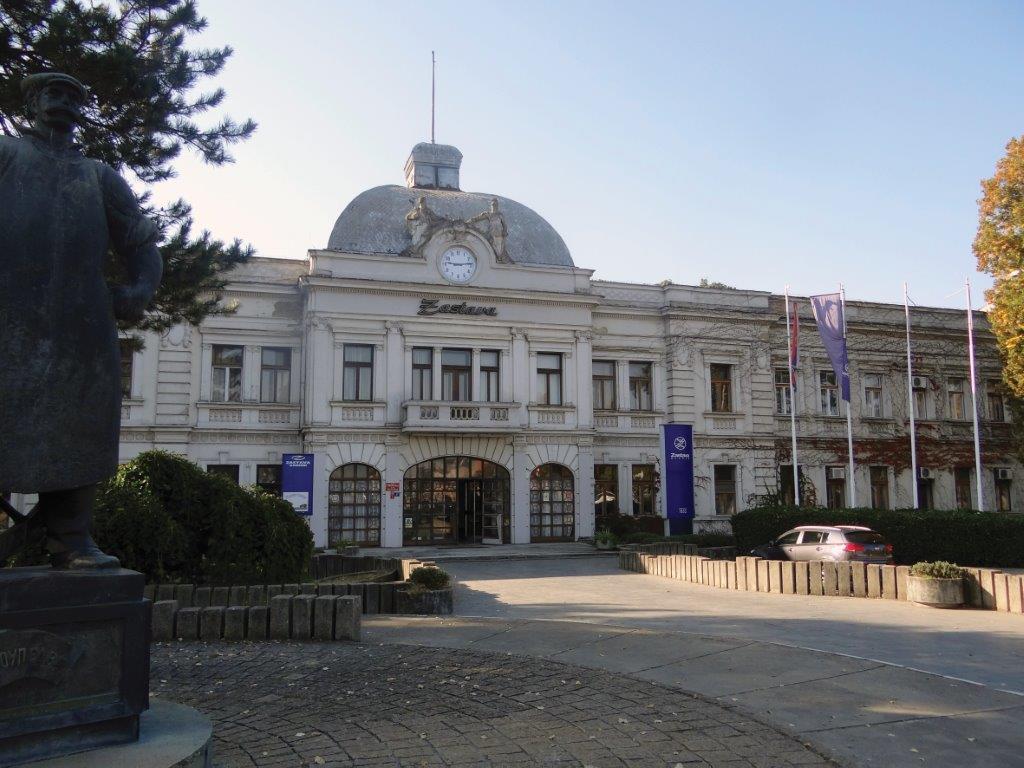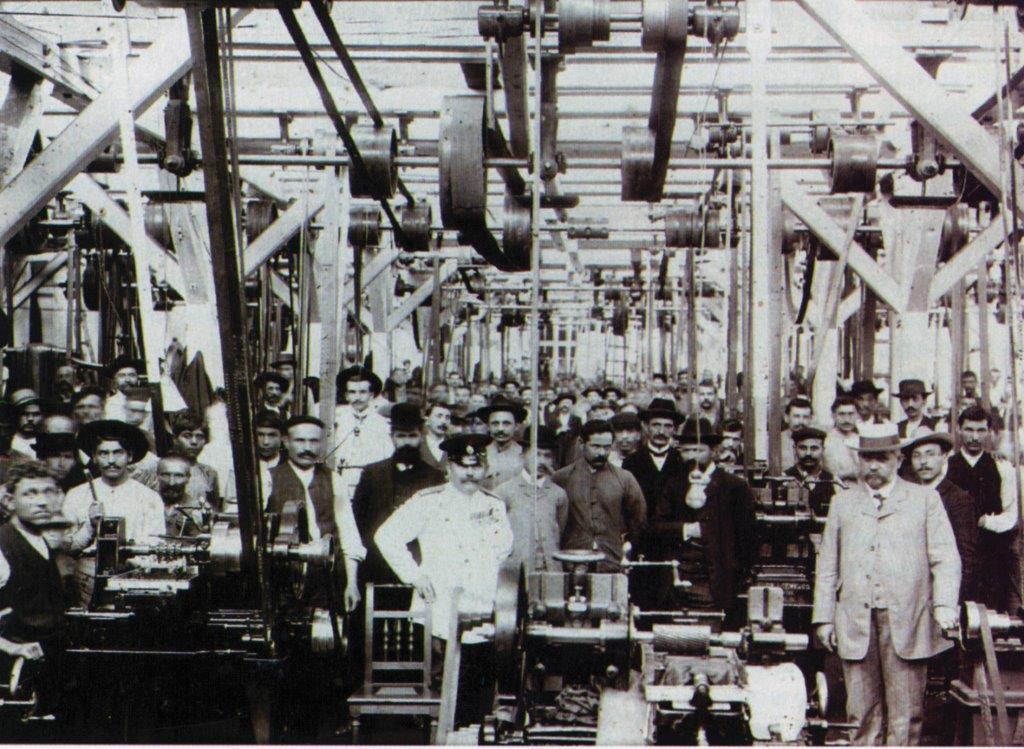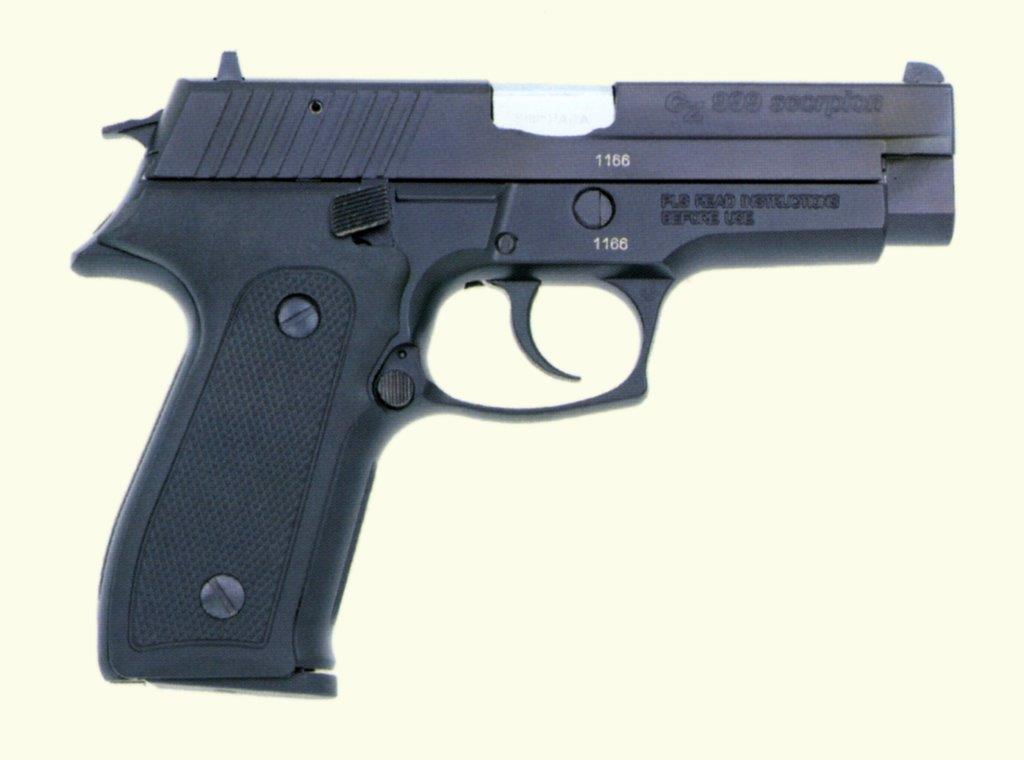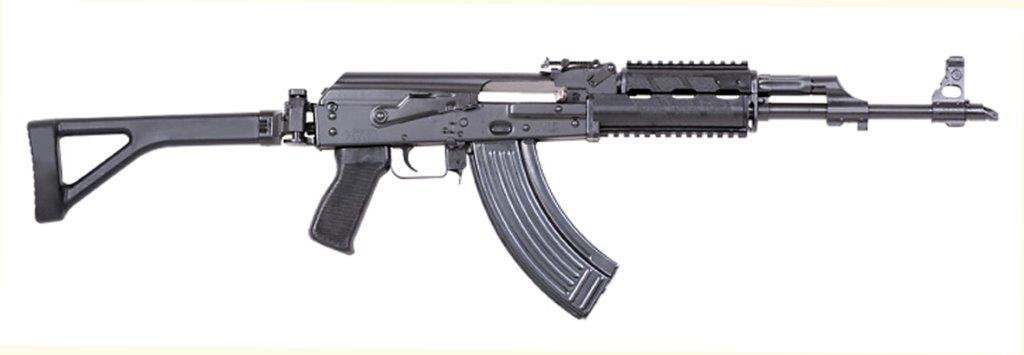
For a long time, Serbia was a part of the Ottoman Empire; it became self-governed in 1830 but obtained independence only in 1878. Several wars engulfed the country and other Balkan countries: Bulgaria in 1885, Turkey in 1912 and Bulgaria again in 1913. The assassination of Austrian Archduke Ferdinand in Sarajevo is credited as initiating the start of WWI.
In 1915, Germany, Austria and Bulgaria attacked Serbia and after some success, Serbian troops retreated. Recovered by the French Orient Army, under general Franchey d’Esperay’s command, the Serbian Army regained the offensive and marched to Belgrade and Vienna.
At the end of WWI, South Slavic countries joined Serbia to become the Kingdom of Serbs, Croats and Slovenes. The country became the Kingdom of Yugoslavia in 1929.
Neutral at the beginning of WWII, the country was occupied by Germany and Italy but recovered independence after the war. Under Marshal Tito, Yugoslavia became a communist republic, but he veered from Moscow and joined the Neutral countries.
After his death in 1980, the relationship between the Yugoslavian areas became more and more damaged, and a civil war occurred between them in 1991 and 1995. All former Yugoslavian countries became independent; however, the situation declined, and NATO intervened by air bombing Serbia in 1999. In 2003, the last of the former Yugoslavia became Serbia-Montenegro, but they separated in two in 2008.

Zastava Arms Tour

We recently visited the Zastava Arms factory in Kragujevac, Serbia (60 miles Southeast from Belgrade), a leading producer of firearms and artillery. We met the managers, and after a presentation of the company, we examined all the small arms produced, shot with them and visited the former cannon foundry museum.
Cannon Foundry

Since 1836, a small arms factory existed in Zastava. Between 1851 and 1853, German factory owners built a cannon foundry in Kragujevac. Some years later it was destroyed by flooding. It was rebuilt in another location by a French engineer under agreement of Imperator Napoleon III.
After 1860, the factory built rifles and small caliber small arms. The factory won six medals at the international exhibition in Paris in 1889. It also built other items for industry, farming, tools, ironmongery, bells, musical instruments, electrical materials, and so on.
After independence of the country a military board decided to choose a new rifle.
The president of the board was Major Kosta “Koka” Milovanovic who developed a variation of the Mauser Model 1871. The ammunition used was different, and the barrel grooves were progressive; the rear of the frame had a rail to guide the bolt when opening. The cleaning rod was longer, and the rings were different; 120,000 rifles were made, including cavalry and artillery carbines.

Later a repeating rifle with magazine in a tube under the barrel was made: the M1880-87. Another model, the M1880-07 that shoots the 7mm Mauser cartridge in a vertical magazine was also created.
In 1899, Serbia adopted a Chilean-style Mauser (in 7×57) and in 1910 a new type Mauser 98 rifle in the same caliber.
The Kragujevac small arms factory also repaired and converted old muzzle loading rifles for Serbia and other countries at the end of the 19th century.
During WWI after the retirement of the Serbian Army, many Kragujevac factory workers came to France and worked at the Saint-Etienne arsenal or Le Creusot Schneider factory. After WWI, Serbia received 1,500 rail trucks with various small arms from France, Germany, Austria, Italy and Russia, but the Army did not utilize this disparate materiel; after considering adopting French small arms, they finally retained the Czech Mauser Vz 1898/22. In fact, they adopted the Belgian FN Mauser 1924 sold by Fabrique Nationale Herstal. In 1939, more than one million were made.
The Kragujevac factory also converted old Turkish or Austrian rifles to the 7.92x57mm (8mm Mauser) cartridge, and the 1915 Chauchat light machine gun was also converted.
Since 1937, the factory produced the ZB 26 under license (5,000 were made). In 1939, 12,000 people worked at the Kragujevac factory.
After 1946, the factory, though damaged during WWII, was reactivated, and old German, Czech or Yugoslavian rifles could be repaired.
In 1948, a new line for production of the Mauser 98k was installed, but it had a shorter action (0.1 inch) and the forend was longer.
Two variations of the 98k exist:

- M48A, produced from 1953 to 1956; all parts are forged, lathe turned and milled (+ 300,000 rifles);
- M48B, produced from 1958 to 1968, with stamped parts such as trigger guard and buttplate (+ 430,000 rifles).
An M53 Mauser rifle exists with a wide indentation on the left side of the frame, a flash hider and a bayonet lug set up on the barrel with a collar. An M60 model has a grenade launcher.
These rifles were used by many countries: Yugoslavia, Burma, Egypt, Indonesia, Iraq, Syria and many revolutionists such as the FLN in Algeria. On January 18, 1956, the French Navy examined the Yugoslavian vessel Ljubljana in the Mediterranean see with 148 metric tons of military material for the Algerian rebels.
The Zastava factory also produced:
- M49 submachine gun, a synthesis of PPSh 41 and Beretta 38;
- M56, very close in appearance to the German MP40;
- M84, local copy of the VZ61 Skorpion;
- M97, similar to the Mini UZI;
- And a copy of the belt-fed MG 42: the Sarac, called the M53.
Since the 1960s, Yugoslavia produced improved models of Russian weapons.
Zastava also built licensed 20x110mm Hispano-Suiza HS 804 20mm automatic guns.
Since the 1950s the company made various small arms, but also metallurgic items from pans to tanks, including cars and trucks.
After the NATO bombing, small arms production was preserved, and car production was sold to Fiat.
Zavodi Crvena Zastava

Handguns
Present-day small arms production is various:
- Both Colt and Smith & Wesson revolver variants;
- M57 pistol (Tokarev) and M57A with manual safety;
- M70 pistol (.32 ACP);
- M70A pistol the same as M57 in 9mm Luger;
- M88 and M88A pistols (9mm Luger);
- CZ99, similar to the SIG SAUER P226 (9mm Luger);
- CZ999 with SA/DA or DAO trigger (9mm Luger);
- EZ9 and EZ9 Compact, with de-cocking lever and Picatinny rail (9mm Luger);
- EZ40 and EZ40 Compact (.40 S&W).

Military Small Arms

- M59 carbine, domestic production of SKS rifle in 7.62×39;
- M59/66 carbine, domestic production of SKS with grenade launcher;
- M64, M65, M70 assault rifle, AK-47 Kalashnikov (7.62×39);
- M70 B, M70 B1, M70 AB2 and short barrel M92, AKM assault rifle (7.62×39);
- M71, M71 A, M77, M77 BX, assault rifle (7.62×51);
- M65 LMG, similar to RPK;
- M72 LMG, same as RPK-M and M72A (RPKS);
- Semi-automatic sniper rifle M76 (7.92×57);
- M77 B1 LMG (7.62×51);
- M82 LMG (5.56×45);
- M85, M90, M90 A, M95, M95A assault rifle (5.56×45);
- M99 assault rifle (7.62×39 or 5.56×45);
- M21, M21 A, M21 S, M21 BS assault rifle (5.56×45), with an ambidextrous selector, folding stock and Picatinny rail;
- M05 E1, M05 E2, M05 E3 assault rifle, similar as above but in 7.62×39;
- M05 N1, M05 N2, M05 N3, M05 N1 FS assault rifles (7.62mm NATO);
- Semi-automatic sniper rifle M91, similar to M76 with a stock like the Dragunov (7.92×57 and 7.62×54 R);
- Semi-automatic sniper rifle M91 N (7.62mm NATO);
- Sniper rifle M07, with bolt action, magazine loaded and folding stock (7.62mm Mosin or 7.62mm NATO);
- Heavy sniper rifle M93 and M12, bolt action (12.7×108 or .50 Browning);
- M84 infantry machine gun, same as PKM and tank machine gun M86 similar to PKT (7.62x54mmR);
- M87 machine gun, similar to NSV; made for 12.7×108 Russian cartridge or 12.7×99 (.50 BMG), but in this case Russian links have to be used. Other models using improved tripods are designated as M02 Coyote and M07;
- Automatic grenade launcher M93, same as AGS 17 (30×29 B);
- Single shot under-barrel grenade launcher BGP (40mm VOG-25 series).

Hunting and Shooting Carbines
The Shotgun Shop was destroyed during the NATO bombing in 1999 and was not restored. The company produces today a large selection of hunting and shooting carbines:
- M70, Mauser bolt action with a wide variety of caliber and stocks;
- M720 carbine, same as above made with Inox steel and fiberglass stocks;
- M808 carbine, same as M70 with detachable magazine;
- M07 shooting carbine, same as the sniper rifle (7.62mm Mosin, 7.62mm NATO, 6.5×55 and .300 Winchester Magnum);
- M85, bolt action carbine for .22 Hornet, .222 Remington, .222 Remington Magnum, .223 Remington, .22-250 Remington and 7.62×39 cartridges;
- MP 22 and MP 17, bolt action carbine (.22 Long Rifle, .22 Magnum, .17 HMR);
- PAP M2010, semi-automatic carbine (7.62×39, .222 Remington, .223 Remington, 7.62×51, .243 Winchester) for the U.S. market.
All the parts of small arms are made by Zastava except the optics.
Bibliography
Serbian and Yugoslavian Mauser Rifles, Branko Bogdanovič, North Cape Publications (2005).
Пешалијско Аутоматско Оружје Другог Светског Рата (World War Two Infantry Automatic Weapons), Dejan Milivojevič & Vuk Obradoivič – Odbrana (2012).
Војни Мчэеј Ъеоград (Military Museum Belgrade), Predrag Lazevič & Andeliza Radovič – Odbrana (2013).
Encyclopédie de l’Armement Mondial (Vol. 7), Jean Huon, Grancher (2015).
A guide through Old Foundry Museum, Zastava Arms (2018).







